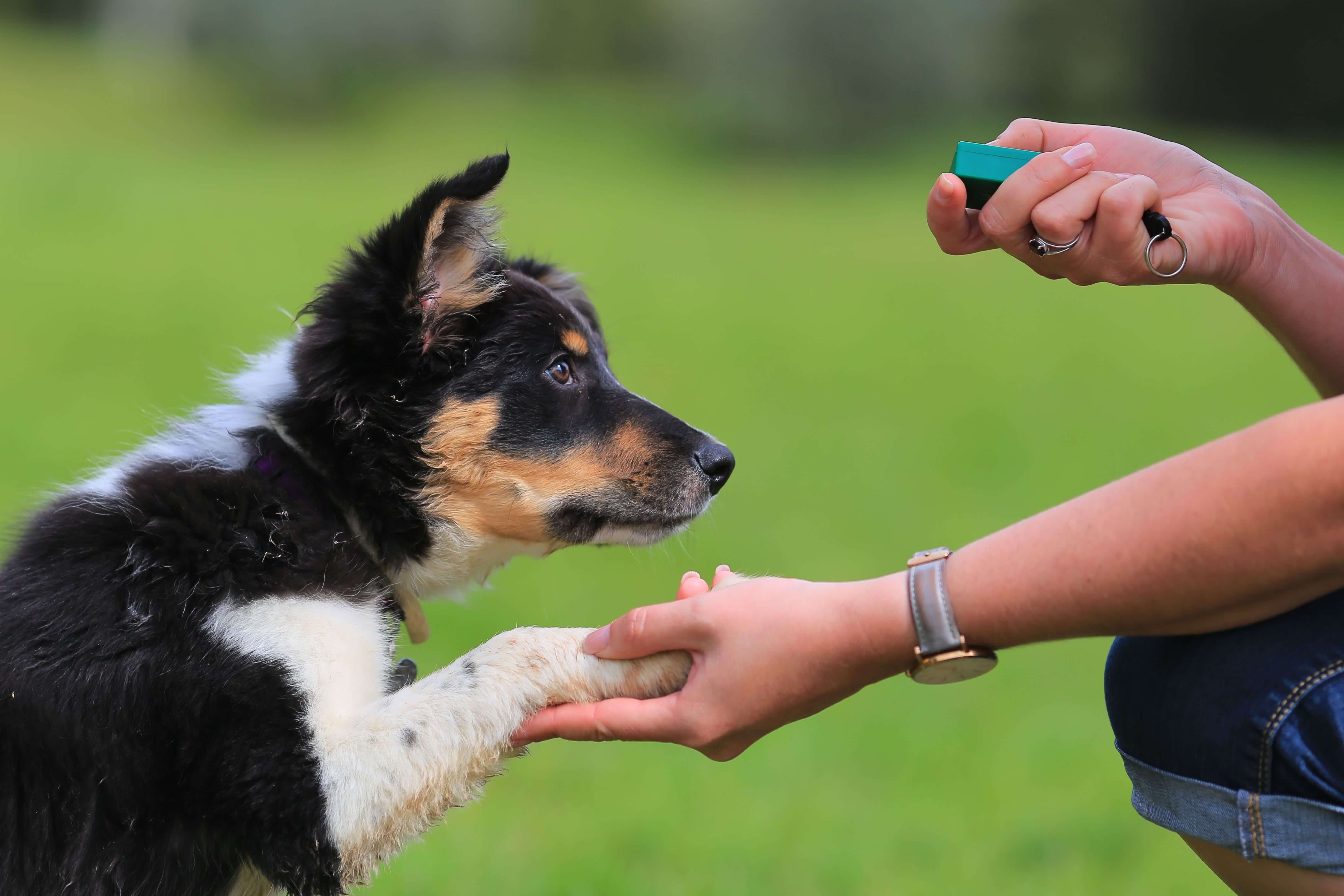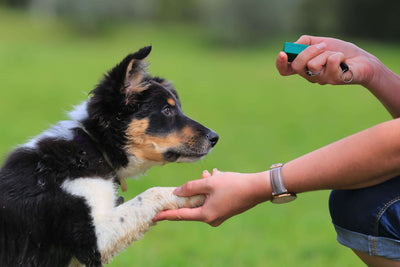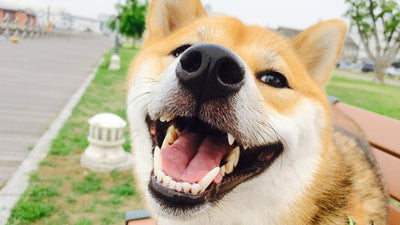Training your dog can be a challenging yet enriching experience for both you and your pet. Turning training into a rewarding game can make it a fun experience for your dog and mentally and physically stimulating.
Training can create a strong bond between you and your dog and make them a better companion. It can be difficult to know where to start with so much information available. Pawfun has compiled 7 tips to help you and your pup get started on the right foot... or paw.
3 Types of training for your dog
Training a dog can be a complex task, and it's important to know the type of training you want to focus on before getting started. There are three main sectors of dog training: obedience, behavioral, and agility training.
Basic obedience training
The starting point for any dog and covers the most essential commands like sit, stay, or come. Mastering these commands forms the foundation of a well-behaved dog and helps to create a strong bond between owner and pet.
Teaching a puppy to obey basic commands is a crucial step in preparing them for more challenging tasks in the future.
Behavioral training
This training focuses on overcoming behavior issues or bad habits that a dog may have developed. This type of training can take longer to master and may require a more complex system of monitoring and rewarding.
Common behavioral issues that owners look to resolve include resource guarding, potty training, jumping, or barking. While behavioral training can be challenging, it is possible to train nearly any dog out of unwanted behavior.
Agility training
This is a more advanced type of training that requires skill and discipline. Agility training involves teaching dogs to navigate obstacles, such as tunnels, jumps, and weave poles.
Although it may seem like a complex task, nearly any dog can participate in agility training, regardless of breed or size. Agility training is a great way to stimulate your dog both mentally and physically, and it can also help to strengthen the bond between you and your pet.
Tip 1 - Choosing your dog's name

When it comes to selecting a name for your new furry friend, it's crucial to make the right choice, particularly if you're planning to start their training early on. Short, simple, and easy-to-pronounce names with a clear phonetic pattern are the ideal choice, as they will help your dog recognize their name more easily and respond promptly to your commands.
Avoid overly complicated or lengthy names, as they can cause confusion and make it harder for your dog to learn and respond to their name. Ultimately, choosing the right name is an important step towards establishing a strong connection and a successful training relationship with your dog.
Tip 2 - Start with the basics

To ensure effective dog training, it's important to focus on the basics before moving on to advanced tricks. Building a strong foundation of basic training, such as essential obedience commands, is crucial for your dog's success in more complex tasks. It also helps to avoid frustration and boredom during the training process.
By creating a clear pathway from basic to advanced training, you can ensure that your dog understands what's expected of them and stays engaged in the learning experience.
Tip 3 - Shorter training sessions

To achieve effective dog training, it's important to keep your training sessions short and to the point. Although some owners may aim to achieve a new behavior after a long training session, this may not be the most effective approach. Dogs may lose interest and focus during long training sessions, which may make training more difficult.
Instead, short and concise sessions are more effective as they maintain your dog's interest and focus, allowing you to make more progress in a shorter amount of time. It's also important to avoid overworking your dog by spreading out shorter sessions throughout the day or week. It's essential to consider your dog's mental and physical stimulation and avoid excessive fatigue by taking shorter walks between training sessions.
Tip 4 - Set rules and boundaries

It's crucial to set rules and boundaries with your dog, especially if they are new to you. This establishes a hierarchy and clarifies that you are in charge. In training, clear rules and boundaries help the dog understand what is expected of them and what rewards they will receive for following through.
When dogs view their owners as the leaders, they are more likely to listen, learn, and receive positive reinforcement for their efforts. Without established rules and boundaries, dogs may assume they are in charge or that training is optional, leading to difficulties in training and obedience.
Tip 5 - Strategically use your rewards

Enhance your dog's training by using rewards strategically. Varying the type of rewards you offer, such as raw food, treats, and dry kibble, can add an element of surprise and excitement to the training process.
Incorporating a clicker tool can also help reduce dependence on treats while still reinforcing good behavior with a distinct sound. Using these techniques not only motivates your dog to work with you but also helps to keep training sessions fun and engaging.
Tip 6 - Tone of voice

The tone of voice you use as a dog owner is crucial in training, as dogs rely on sounds, body language, and tone rather than words. Having a distinct tone for positive and negative reactions can help your dog understand what they're doing wrong and the desired behavior, making training more effective.
Using a positive, higher pitched tone for praise and a lower, serious tone for negative situations can reinforce good behavior and create a clear divide between behaviors and desired outcomes.
Tip 7 - Patience

Having patience is crucial when it comes to training your dog. Dogs may not always comprehend what we want from them, or why their actions are incorrect. Taking the time to understand your dog's preferences and responses will help you create effective habits.
It is not reasonable to expect your dog to learn everything in a single session or a day. Spacing out training sessions across weeks or months will increase the effectiveness and permanence of the training.
Consistent training based on positive reinforcement, short sessions with exciting treats and training methods will lead to a more cooperative and excited learner. Long, repetitive sessions with unclear instructions and uninteresting treats can discourage your dog from learning, and even harm the bond between you and your pet.




